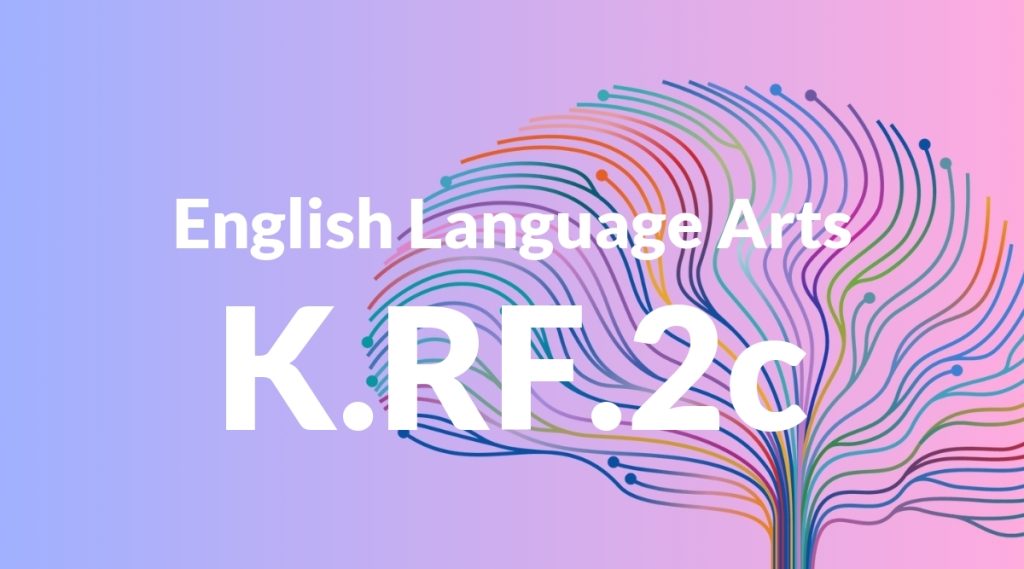Standard: K.RF.2c – Blend and segment onsets and rimes of single-syllable spoken words.
Grade level: Kindergarten
Subject: English Language Arts
Domain: Reading: Foundational Skills
Teacher Overview
This standard focuses on helping kindergarten students understand how to blend and segment the initial sounds (onsets) and the ending sounds (rimes) of single-syllable spoken words. Mastery of this skill is crucial for developing phonemic awareness, which is a foundational skill for reading. Students should have a basic understanding of syllables and rhyming words before tackling this standard.
After mastering this standard, students will be able to decode and encode words more effectively, aiding in their reading fluency and comprehension.
Common Misconception 1
A common misconception is that onsets and rimes are the same as syllables. This is incorrect because onsets are the initial consonant sounds, and rimes are the vowel and any following consonants within a syllable.
Intervention 1
To address this misconception, use visual aids and hands-on activities that clearly differentiate between onsets, rimes, and syllables. For example, use blocks or cards to represent each part of a word.
Common Misconception 2
Another misconception is that every word has multiple syllables. This is incorrect as many words are single-syllable and can be broken down into an onset and a rime.
Intervention 2
To remediate this, provide examples of single-syllable words and practice segmenting them into onsets and rimes. Use activities like clapping out the parts of a word or using picture cards to form words.
Prerequisite Knowledge
Students should be familiar with the concept of syllables and have some experience with rhyming words.
Subsequent Knowledge
Students will develop the ability to decode and encode words, which will aid in reading fluency and comprehension.
Instructional Activities
- Clapping out the parts of a word
- Using picture cards to form words
- Playing rhyming games
- Using blocks to represent different parts of a word
- Singing songs that emphasize word parts




